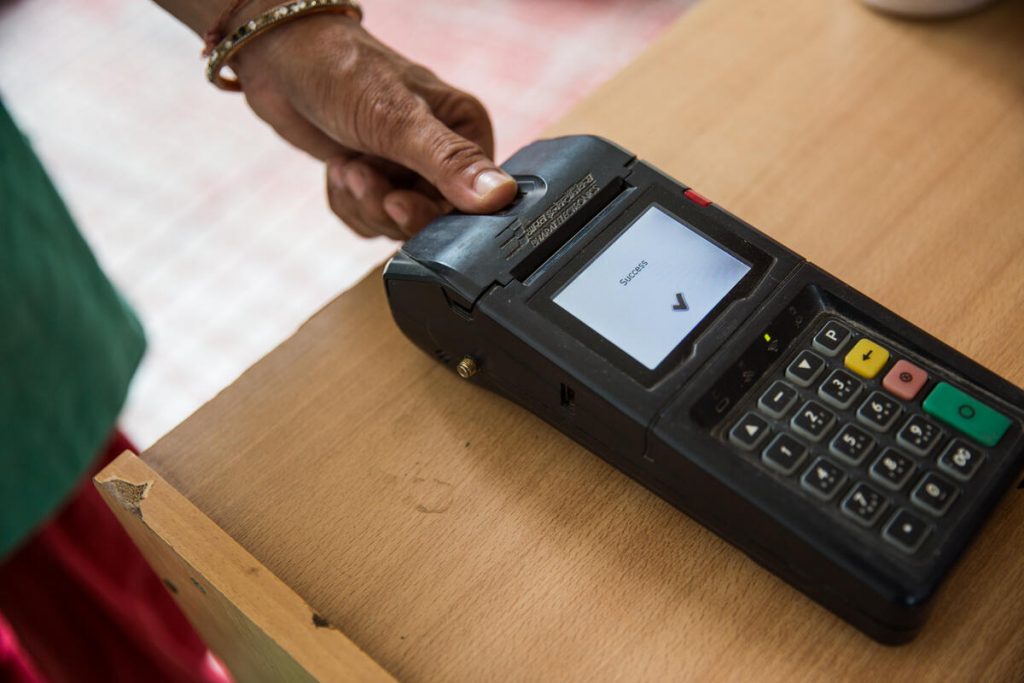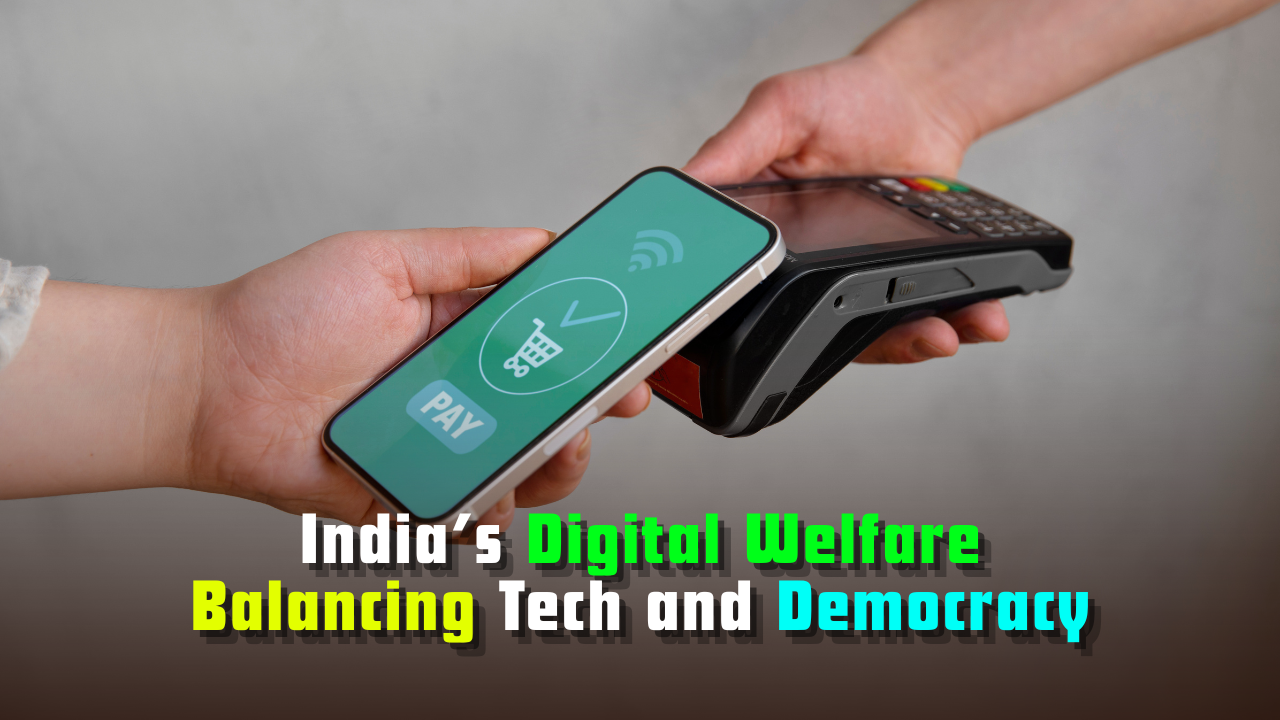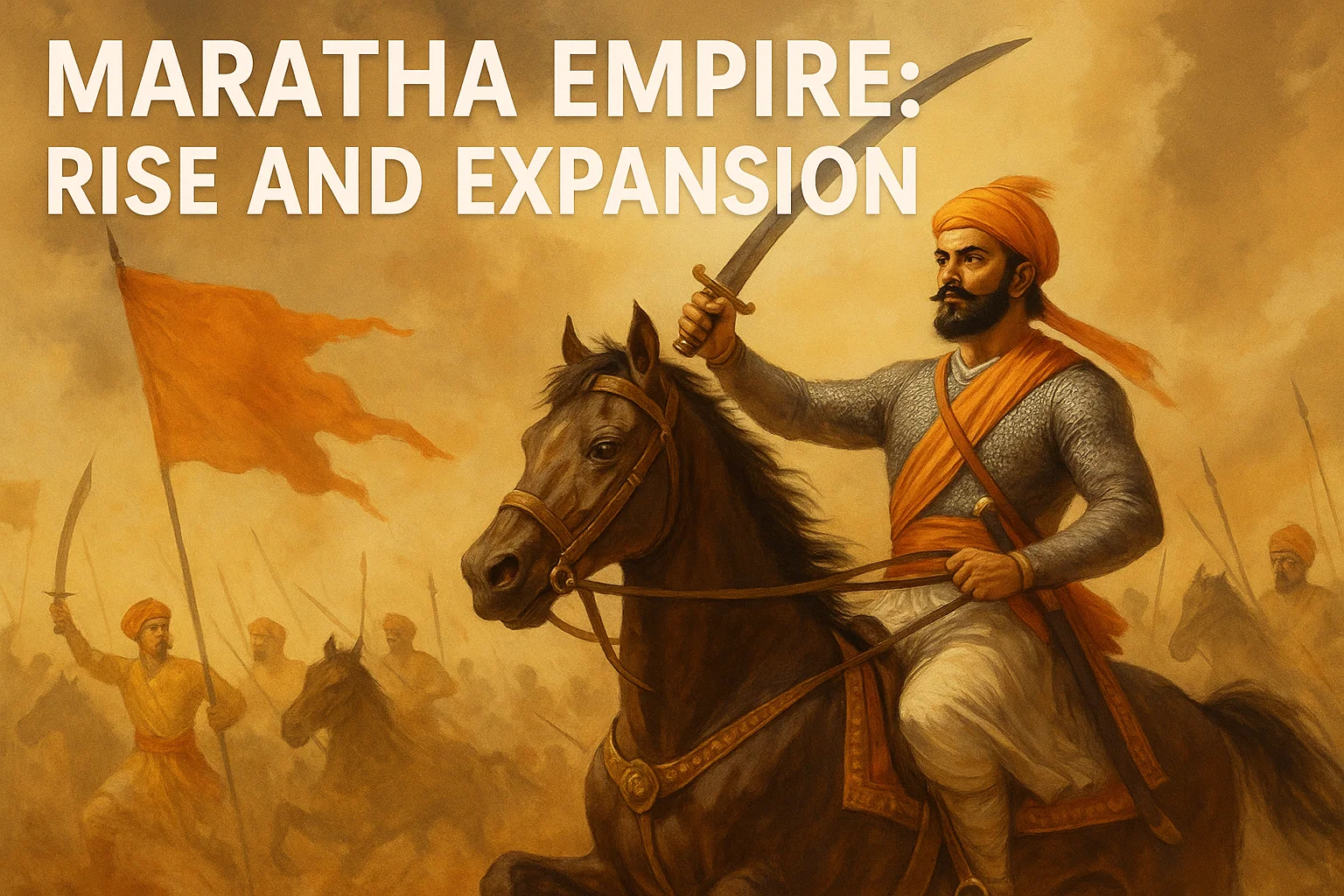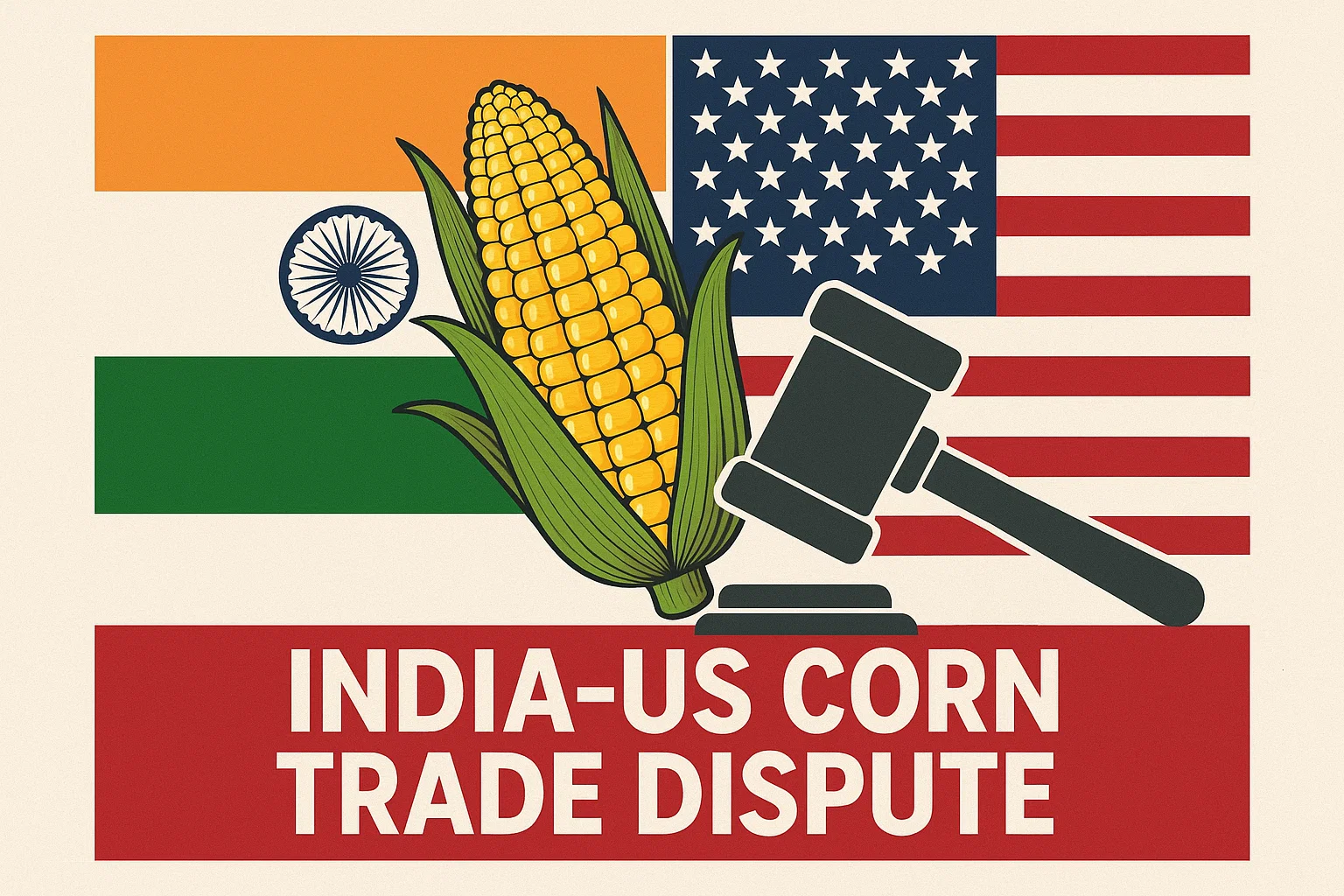India’s Digital Welfare: Balancing Tech and Democracy
Explore India’s shift to digital welfare—Aadhaar, DBT, and automation. Learn how tech aids delivery but risks rights, access, and fairness.

New Digital Welfare Approach
India’s welfare state is undergoing one of its biggest shifts since independence, with technology now at the heart of how benefits reach people. As Anmol Rattan Singh and Agastya Shukla write in their article, “The technocratic calculus of India’s welfare state” (The Hindu, August 6, 2025), this change is meant to make welfare more efficient, transparent, and less prone to corruption. The government uses systems like Aadhaar, a digital identification card that records fingerprints and photos, and the Direct Benefit Transfer (DBT) system, which puts money straight into people’s bank accounts. Online grievance portals allow people to raise complaints about missing benefits. While these systems seem modern and fair, Singh and Shukla warn us not to ignore the hidden risks: by making welfare more like a machine, India may lose the spirit of democracy and fairness that should be at the heart of any system meant to help people.
Digital Welfare: Promise & Pitfalls
Aadhaar has become one of the world’s largest digital ID systems, with over a billion people enrolled. It helps the government know exactly who is getting benefits and aims to stop fake or duplicate claims. Along with Aadhaar, the DBT (Direct Benefit Transfer) system makes the process even more direct, sending money into bank accounts instead of handing out cash or vouchers. In theory, this should mean less corruption, less paperwork, and more speed. However, not everyone fits easily into this system. If someone’s fingerprints do not scan because they are old or work with their hands, or if there is a spelling mistake in their name, the computer can block their benefits. In rural areas, banks may be far away and difficult to reach. Internet or electricity failures can also stop the system from working. While technology fixes some old problems, it creates new ones that can be just as unfair and frustrating.
Tech Misses Human Complexity
Singh and Shukla, along with other researchers, point out that technology often does not understand the complicated realities of people’s lives. For example, Silvia Masiero and Chakradhar Buddha, in “Data Justice in Digital Social Welfare: A Study of the Rythu Bharosa Scheme” (Proceedings of the ACM Conference on Fairness, Accountability, and Transparency, 2021), found in Andhra Pradesh that farmers who rent land are often left out of welfare because the system only recognises owners, not tenants. Reetika Khera’s “Impact of Aadhaar on Welfare Programmes” (Economic and Political Weekly, shows that millions of people have been denied food or pension because of small mistakes in their data. In a society as diverse as India’s, not everyone’s details fit perfectly into a digital database. When technology is put before people, many deserving families end up excluded.
Rights Replaced by Algorithms
A key idea in Singh and Shukla’s article is that welfare has changed from being a right—something every citizen can demand—to being a service managed by computers and experts. In the past, people could attend village meetings (Gram Sabhas) or speak to a local official when things went wrong. Now, decisions are made far away, based on numbers, not stories. If a computer makes a mistake, it can be almost impossible for an ordinary person to get it corrected. The system becomes “insulated”—protected from questions—because there is no one local to hold responsible. This is known as a “technocratic” system: one run by technical experts and machines rather than by real human discussion and democratic debate. While such a system may be fast and efficient, it risks becoming cold and uncaring, leaving people feeling powerless.
Democracy Drowned by Automation
Democracy means that citizens have a say in how their country is run and can ask questions about government decisions. In welfare, this means being able to speak up if something is unfair or does not work. Singh and Shukla warn that the new digital welfare model can silence these voices. If someone is denied help because a computer says so, there is often no explanation and no easy way to appeal. For people who cannot read or use the internet, the problem is even worse. Community discussions and local knowledge get pushed aside, replaced by the “logic” of machines. This shift does not just make people feel powerless—it can actually lead to more unfairness, especially for groups who are already left out, like the elderly, women, minorities, and migrants.
Efficiency Amid Shrinking Support
The move toward digital welfare has happened at the same time as India’s government has been spending less on social programmes overall. According to Singh and Shukla, spending on social sectors such as health, education, and social security has fallen to a decade low, dropping from 21% of government spending on average in the past decade to just 17% in 2024-25. The worst impact has fallen on the very groups who need help most: minorities, workers, children, and those facing hunger. This means that even if technology makes the system more “efficient,” fewer people actually get support. It raises the uncomfortable question: Is India’s welfare state only efficient for those it already serves, while leaving out millions who cannot keep up with the digital changes?
Balance Tech With Humanity
So what can be done? Singh and Shukla, building on thinkers like Esping-Andersen and the UN, argue that technology should be balanced with human rights and democracy. Welfare must always protect people’s dignity and right to be heard. There should be ways to fix mistakes, appeal wrong decisions, and include those who struggle with digital systems. This means having real people available to help when machines fail, as well as “offline” options for people who do not have smartphones or internet. The government should make sure everyone knows why they are denied help and how they can appeal. Community meetings and local decision-making must be brought back, so the system can be shaped by those who use it—not just by data experts in distant offices.
Technology Needs Human Values
India’s challenge now is to use technology to make welfare better, not just faster. This means listening to the voices of those left behind, learning from mistakes, and allowing room for exceptions and human judgement. It means using tools like “community-driven audits,” where local people check if welfare is working fairly. It means building systems that get stronger and more fair over time by being open to questions, feedback, and complaints—a concept called “democratic antifragility.” Kerala’s Kudumbashree programme is a good example: it combines technology with self-help groups run by women in villages, making sure the benefits reach those who need them most. When technology and human values work together, the welfare state can truly serve everyone.
Conclusion
India’s digital welfare state has achieved some impressive results, bringing benefits to millions and cutting down on old-style corruption. But as Singh and Shukla warn, these gains must not come at the cost of democracy, rights, and fairness. A welfare state is about more than just numbers on a screen—it is about people, dignity, and justice. By making room for human judgement, community voices, and flexible systems, India can build a welfare state that is not only efficient but also truly fair and democratic. The real promise of technology lies not just in making things work faster, but in making them work for everyone.
Subscribe to our Youtube Channel for more Valuable Content – TheStudyias
Download the App to Subscribe to our Courses – Thestudyias
The Source’s Authority and Ownership of the Article is Claimed By THE STUDY IAS BY MANIKANT SINGH





